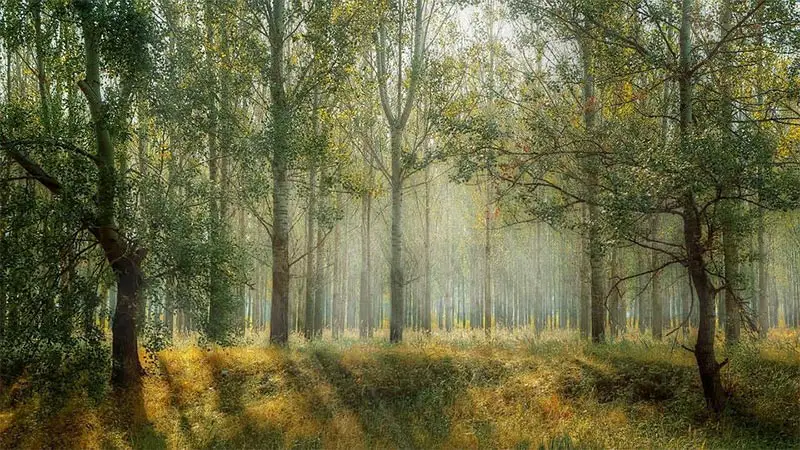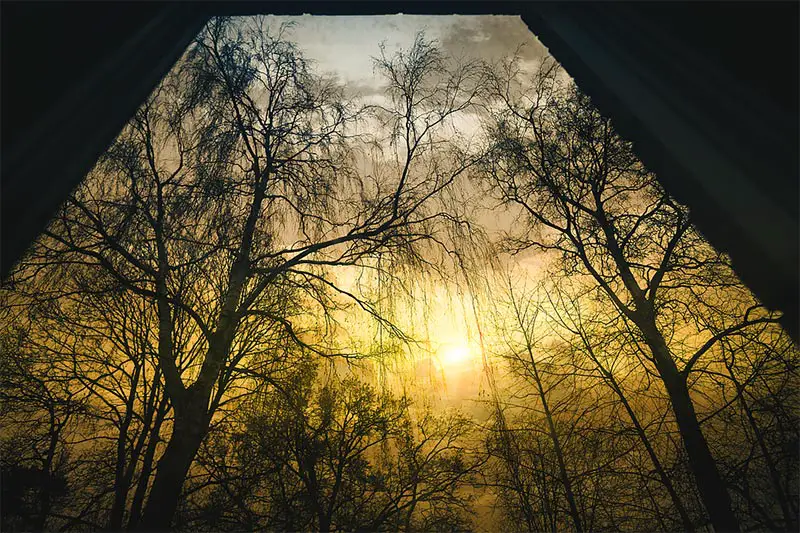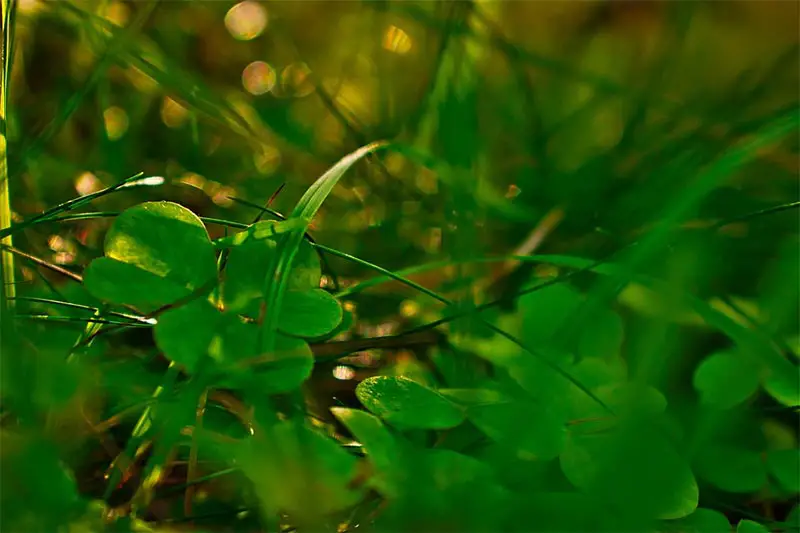Do You Get Low Light Bonsais?
There are many forms of bonsai trees available, including ones that can survive in constant low light levels. These plants range from species that favor shady areas to ones that prefer to grow indoors, away from constant sunlight.
While there are a few species, it’s still essential to note that bonsai trees need good light levels to grow. Without sunlight, the tree will struggle to produce its nutrients to grow.

What Is a Low Light Bonsai Tree?
A low light bonsai tree is a bonsai that requires less direct sunlight than other species. These trees are great for anyone new to the world of bonsai as they often require less maintenance. The most popular species for this is the Ficus Bonsai.
How Do You Care for a Low Light Bonsai Tree?
Low light bonsai trees are similar to regular bonsai and have their requirements based on the species you grow. The main difference with these trees is the amount of light they require to grow.
Light
Whether a regular or low light species, all plants need light in one form or another. Caring for your bonsai tree requires ensuring that the plant receives a daily dose of UV rays. For many trees, this is at least five hours of sunlight a day.
We have a detailed bonsai tree care guide with all the relevant information. Check the guide out here!

Temperature and Location
Often a low light bonsai tree is an indoor plant, requiring you to place it near a sun-facing window. However, if you don’t have a window available, you may need to move it around during the day to help it receive enough sunlight.
Additionally, it’s essential to pay attention to the temperature of the location you place the tree in. Many species have optimal temperatures for growth and may slow down their growth rate in a colder or hotter environment.

Ficus - The Best Low Light Bonsai for Any Level of Experience
Ficus are a popular bonsai species for newcomers, as they’re hardy and require lower levels of light than many other options. Ficus need to stay away from the frost and cold weather, making them ideal for keeping indoors. There are over 800 species of Ficus, giving you a large selection of trees to pick from when deciding on a low light bonsai.
- Pests: In most cases, you’ll struggle to find pests on your focus. However, a poor location may result in discoloration associated with some pests.
- Location: While many Ficus can survive in indirect sunlight or at lower light levels, they will still benefit from exposure to the sun as often as possible.
- Watering: Moist soil is ideal for this tree as overwatering can quickly damage its roots.
- Temperature: Most Ficus bonsai need an area below 60 degrees Fahrenheit.

Grow With Care
Low light bonsai trees still require plenty of care and management, even if the plant itself doesn’t need as much exposure to the sun. For the best growth rate possible, many trees need around five hours of exposure to sunlight.
FAQ
The following five questions are frequently asked by those interested in growing bonsai trees. Each one clarifies why bonsais need a good light source and how to tell if your tree is receiving enough light.
Most bonsai requires a large amount of light to grow, and without this, the plant is at risk of dying. For stable growth, a bonsai tree generally needs exposure to sunlight to produce chlorophyll, a nutrient all plants need.
There are a variety of bonsai trees that thrive in shady environments. However, many plants don’t require constant exposure to the sun and will be fine in a partly shady area. However, for bonsai that you can keep in indirect sunlight, there are a lot fewer options available.
While some bonsai trees need less sun than others, most plants require at least five hours of sunlight a day. Depending on the species, some plants may require less time and thrive in shady and darker environments.
Most often, the best place to put a bonsai tree in your home is at a south-facing window, where it’ll receive plenty of light. If you can’t place it by a window, move it outside for at least five hours each day to ensure the plant receives enough sunlight to continue growing.
The first sign that your bonsai needs more light is the slowed rate of growth. Eventually, the growth of your tree will cease and may result in the plant dying. Yellow and dry leaves are often an early indicator of low light exposure, making them easy to identify.







